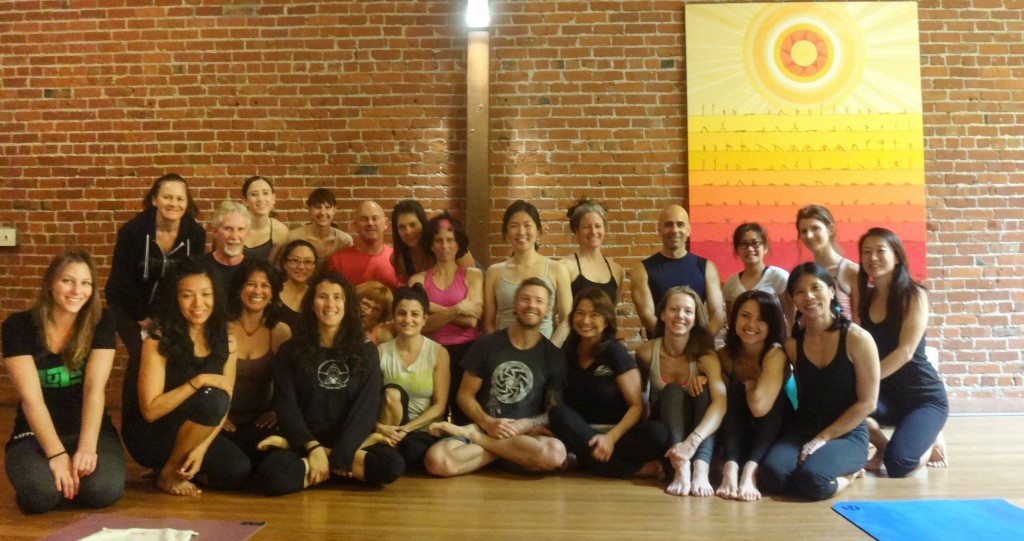Life on the Mat after a weekend Ashtanga Yoga Intensive
This past weekend, I attended an amazing Ashtanga Yoga Intensive with master Ashtanga teacher and practitioner, David Robson. Teaching from a traditional approach to the method, we were given a slew of information on all sorts including (but not limited to) the Vinyasa count, marrying the movement to the breath for a floaty practice, and jumping back and jumping forward.
I had so much to think about when I rolled out my mat in Mysore today. The various teachings all swirling in my head: alignment, timing the movement with the breath (and not the reverse), maintaining the bandhas throughout, not letting the distractions take your mind on a detour, etc. All good, to a point, but I noticed this swirling of lessons becoming just another form of vritti distracting me from the work.
It started out quietly but began building as I progressed through the series. Before long the chatter of what I am not doing became so much that I started murmuring under my breath. I caught myself, and hoped the guy beside me was too focused to have noticed too. Then I directed my mind back to the breath. It was a bit much. Yet, I tried not to judge and didn’t let myself give into it. I noticed it, even noticed myself noticing, then returned to the breath.
Inhale, Exhale, Inhale, Exhale…
My breaths today were quick in places (as is often the case) but I adopted David’s advice to stick with the traditional count — rather than my previous approach of doubling the breath count to make up for my shorter breaths. I noticed an attachment to the poses, as I forced myself to move to the next in the sequence before my back had gotten a chance to release.
It’s a new approach but I think there’s a good lesson for me here. Of course it helps to keep track of the count; there were a few times in the seated poses where I noticed I was on six and had yet to lift my head.
As for lifting up and floating back… Well, all I can say is “tomorrow is a new day.” I could claim that I am fatigued from several days of hard practice. It’s true. I could say that my wrist hurts. It most certainly does. I could list any other number of excuses for why my practice was likened to a helium balloon that has lost all life. The truth of the matter is, I have much work to do. And that’s okay.
It’s exciting to know what could be possible with dedication, focus, and A LOT OF HARD WORK. Thanks to wonderful Ashtanga teachers such as David Robson, Tim Miller, and (my teacher) Erika Abrahamian, I have a wonderful pool of information to help guide me in this path to healing utilizing the Ashtanga Method.

